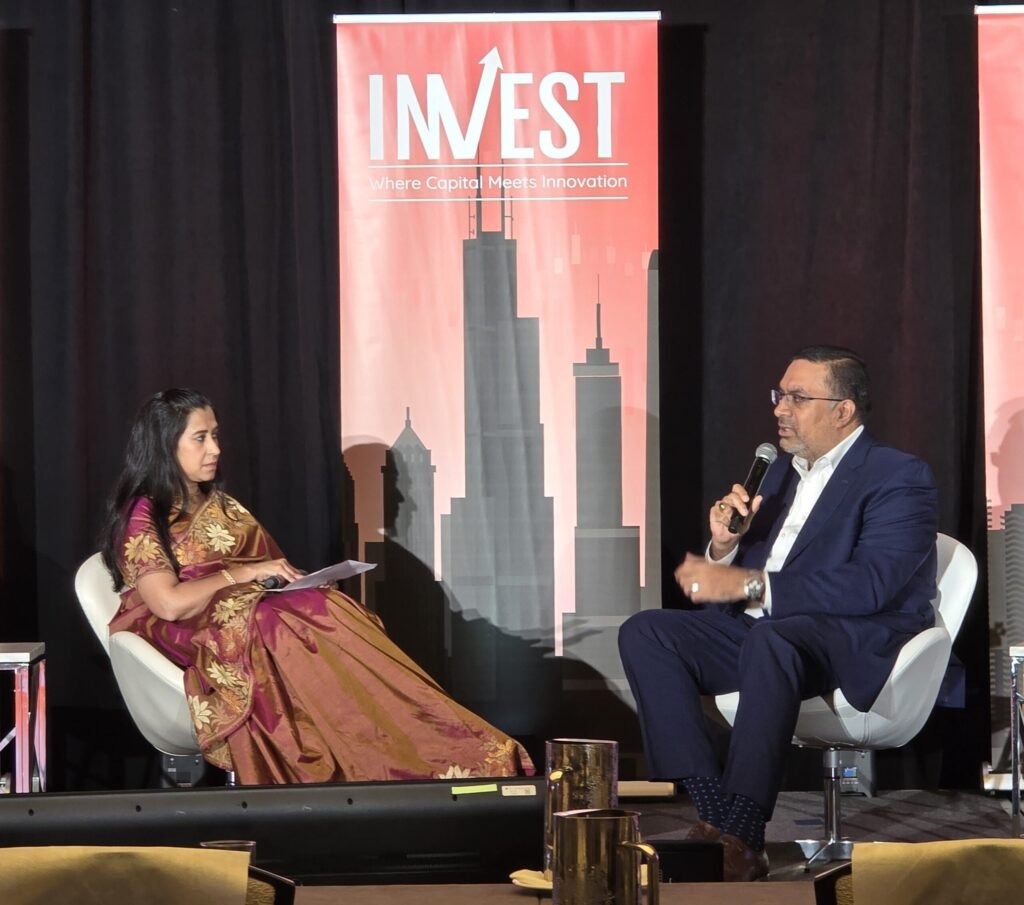Cybercriminals internationally proceed to make use of healthcare organizations as their goal follow. It looks as if there’s a new healthcare cybersecurity catastrophe dominating headlines every month — with this month’s being an attack on Ascension that pressured hospitals throughout a number of states to revert to paper recordkeeping.
Throughout a Wednesday hearth chat at MedCity Information’ INVEST convention in Chicago, Nitin Natarajan — deputy director on the Cybersecurity and Infrastructure Security Agency (CISA) — shared some key concepts that folks want to know concerning the present state of cybersecurity within the healthcare business.
Everyone’s a goal.
As cybercriminal exercise continues to turn out to be extra subtle throughout the globe, the sufferer panorama is altering, Natarajan mentioned.
“We’re seeing assaults in opposition to Okay-12 colleges within the heartland. We’re seeing assaults on healthcare amenities. Previously, healthcare amenities had been at all times protected, even in kinetic warfare. We by no means used to assault hospitals — we by no means attacked a tent with the purple cross on it. However we now see hospitals attacked regularly,” he declared.
Healthcare suppliers getting attacked by cybercriminals is an inevitable destiny, Natarajan remarked.
Realizing this, suppliers need to work tirelessly to extend their resilience to allow them to bounce again from these assaults extra rapidly going ahead, he famous. He additionally inspired suppliers to begin third-party cybersecurity dangers as a part of their company planning.
Issues gained’t get higher in a single day.
On Monday, HHS launched a brand new cybersecurity program that may present $50 million to develop higher cybersecurity protection instruments for healthcare suppliers. Whereas it’s straightforward to place a “too little too late” stamp on the hassle, Natarajan famous that each one progress is sweet.
“I believe lots of people take a look at cybersecurity as a lightweight change. We’re going to flip the change someday, after which we’ll be cybersecure. I believe it’s extra like a financial institution of about 500 dimmer switches — the adjustments we make every day to lift one dimmer change up goes to get us nearer to the place we have to be,” he defined.
Cybersecurity requires an all-hands-on deck strategy.
With a purpose to shore up their defenses, healthcare organizations must be sure that all workers have at the very least fundamental cybersecurity coaching, Natarajan mentioned.
This implies coaching all workers members on the way to do issues like use two-factor authentication appropriately or spot phishing emails, he defined. With regards to cybersecurity, an organization is commonly solely as robust as its weakest hyperlink.
“It’s not simply the CISOs and CIOs that want to do that — you need to get your complete workforce right into a tradition of being extra cybersecurity-savvy,” Natarajan remarked.
There are free instruments that suppliers ought to be benefiting from.
Money is tight for lots of healthcare suppliers — and there are a lot of who merely don’t have the cash to speculate appropriately in cybersecurity measures, Natarajan identified. Nonetheless, CISA and different federal organizations provide instruments that healthcare suppliers can undertake freed from cost, he mentioned.
“It’s not a super repair for a small hospital that’s determining the way to make payroll and making an attempt to cope with recruiting and retaining workers. However we’re seeing increasingly alternatives for them — in what the federal government is creating, and we’re additionally seeing firms stepping up and providing the free model of their merchandise,” he famous.
“Safe by design” is the longer term.
Natarajan thinks firms making healthcare expertise want to maneuver towards a “safe by design” strategy.
“This implies it ought to be safe by default. You shouldn’t have to purchase extra packages or have a flip safety on,” he defined. “It implies that we’re designing our {hardware} and our software program to make the most of issues like memory-safe languages, and we’re constructing the fitting safety components into software program.”
Picture: Gabriela Golumbovici, Breaking Media

